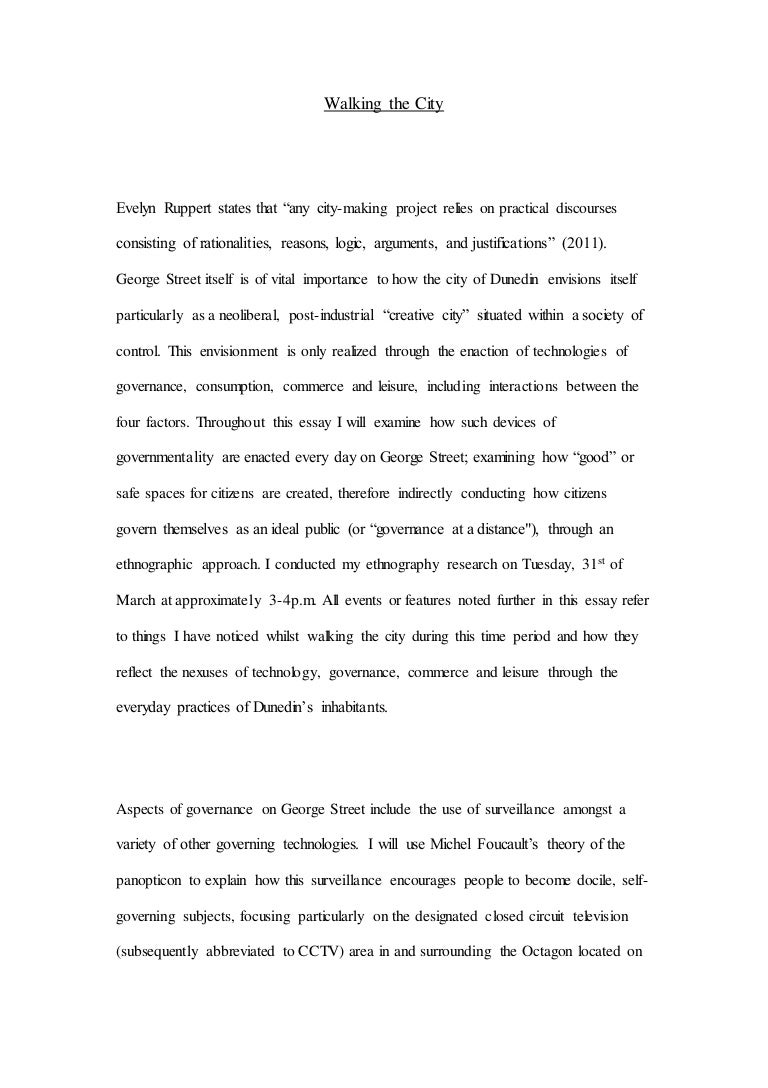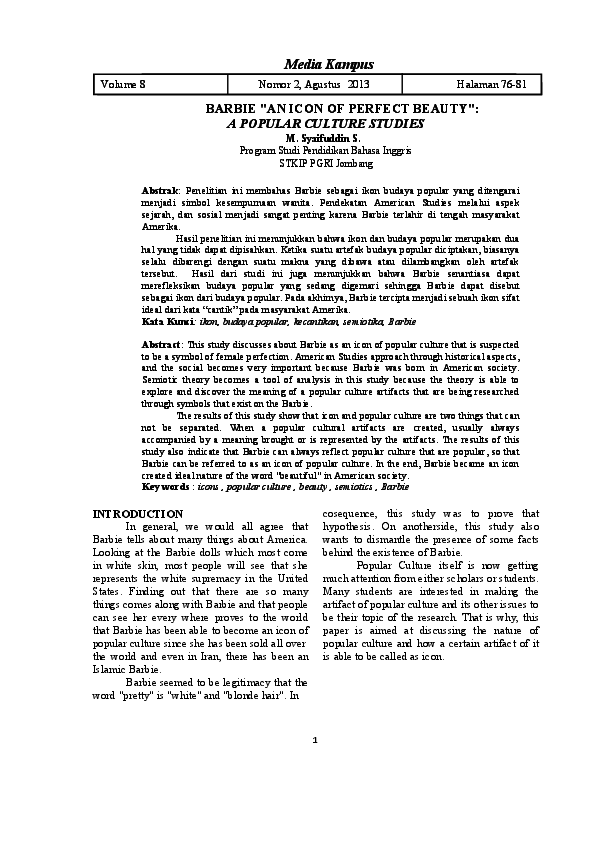
At the 1969 American Studies Association conference, the Popular Culture Association (PCA), was founded. Although the collection contains few visual records, it includes monographs written by the founders and published by the association. This collection provides a glimpse into the early history of PCA. These are just a few of the publications that PCA has published.
Participation of BGSU in the popular culture movement
Bowling Green State University's Department of Popular Culture is the only program that offers an academic degree. The program allows students to learn about cultural studies theories and research methods. Students also have the chance to create a capstone study project. Students are encouraged to study abroad and participate in service learning. This department is part of College of Arts and Sciences' School of Cultural & Critical Studies.
The Institute supports the work of a number of faculty members, who do research on many topics related to popular culture. The Jerome Library, Music Library and Bill Schurk Sound Archives are used by the team of scholars. Scholars submit research proposals which are reviewed by BGSU librarians. They cover topics as diverse and varied as Donald Duck, teens magazines, and sweet novels written for teenager girls.

The Journal of Popular Culture
The Journal of Popular Culture (an academic journal) publishes peerreviewed essays on popular cultural topics. Wiley-Blackwell is the publisher. The journal's founding editors are Novotny Lawrence and Jack Fritscher. It is available online for free and is published two times a year.
It publishes a variety of topics, from film to popular culture. It also publishes regional newsletters, correspondence, and scholarly papers. It also publishes sample papers from all parts of the country. The journal can be found in print at more that one thousand university libraries all over the world. It also has a digital archive that contains articles from popular culture scholars.
SiPC's Journal of Popular Culture publishes high-quality articles on popular culture. The editors of the journal prefer submissions that show a familiarity with popular cultures and avoid academic jargon. Articles may focus on any aspect of popular culture, and from any country. The journal's website also contains a list of past award-winning articles.
Northeast Popular Culture Association
The Northeast Popular Culture Association is a group of New England and New York scholars who are interested in studying popular culture. This organization supports the publishing, research, teaching, and dissemination of popular culture in a variety od disciplines. Independent scholars, university faculty, as well as museum personnel are all members.

Since its founding in 1973, the Northeast Popular Culture Association has provided a forum for the discussion of the broad field of American culture and popular culture. This group includes contributors and members from all over the Northeast. The association sponsors regional newsletters, in addition to publishing scholarly works. The Northeast Popular Culture Association believes in openness and inclusion and encourages dialogue and discussion over formal commentary.
The Northeast Popular Culture Association holds an annual conference each year. In 2019, the conference is scheduled to be held in Portsmouth (New Hampshire). The conference will be focused on popular culture and its application in mainstream education. It will examine how popular culture can be applied in courses such as biology and history.
FAQ
How can we prevent the dangers of pop-culture?
We need to recognize when pop culture influences us. We must then make sure we aren't being influenced by pop culture. Here are some ways you can avoid being influenced by bad influences
-
Avoid watching violent TV shows like Game Of Thrones.
-
Avoid spending too much time surfing the Internet. Read books instead.
-
Watch less television. Spend your time doing activities that are healthy.
-
Be cautious about what you write online. Once comments are posted, you cannot delete them.
-
Be sure to verify that the websites you visit have SSL encryption. Check them before you enter personal information.
-
Do not allow anyone to force you into doing anything dangerous.
Talk to someone if pop culture is a problem. You can either call your local library (800-THELOOST), or the National Center For Missing & Evacuated Children (1-808-THELOOST).
What are some examples of pop culture in today's world?
Pop Culture is a 21st-century art form. Pop Culture covers all aspects of popular entertainment. It includes music, film, TV, video game, fashion, advertising, comics and so on. Author Neil Postman coined the term in his book Amusing Ourselves To Death (1985). Pop is a form of mass communication that employs cheap tricks and formulaic tools to create the illusion of spontaneity or uniqueness.
He did however point out that most people don't feel genuine enjoyment because they are trained to seek media experiences which make them feel superior. He claimed that young adults have lost their ability to think critically due to this type of cultural expression.
Pop culture is also known as consumerism or popular culture.
What is pop-media culture?
Pop culture is all around. It is everywhere: TV, radios, films, music, magazines and newspapers, websites, social media, etc. It is all around us 24/7. It has an impact on everything: music, clothing, language and politics. What exactly is pop culture? According to Wikipedia, "Popular culture (or popular culture) refers to the products and ideas produced for mass consumption in society." This term is often used to refer to TV shows, movies and music. Pop culture encompasses much more than entertainment. The term covers everything consumed by the masses. It includes video games, sports and toys, fast food, political campaigns, and many more.
What are some examples from pop culture in 2020?
The music industry is evolving rapidly. We saw artists like Travis Scott and Post Malone reach number 1 on Billboard’s Hot 100 chart. This was a remarkable achievement for any artist.
The same applies to streaming services. Spotify reported that they streamed over 10 billion hours of audio content last year alone. It's 5x more than the content users were listening to five years ago.
This has resulted a huge shift in the ways people consume media. Nowadays, most people are more interested in consuming content than creating.
Everyone, from toddlers to seniors, has an access point to high-quality audio content. Anyone can record, edit, mix and release their music.
To play your favorite song you don't have a degree in classical music theory. Download an app, add your voice, then upload them to YouTube.
Don't worry if your not interested in making music. You can always watch other people do it. You will find many channels dedicated to creating videos of songs from covers to parodies.
What are examples of pop culture in 2021?
On the 11th of September 2001, two hijacked aircraft crashed into the twin towers at the World Trade Center in New York City. 9/11 was the day that would change history.
The events of that day have influenced popular culture today. We can see the many ways that this event has influenced us.
This includes television programs like 24 and movies like United 93 that tell the story the what happened during the flight between Boston and Los Angeles on 9/11. Dexter Filkins' The Forever War book is included.
We all remember where we were when we first heard about the attacks. Some people got up and went outside, while others read the newspapers or watched TV.
Pop culture is constantly evolving. It is an expression of society and a source of inspiration. What will happen to popular culture in the next year? We can't tell yet. We know that it will be different from what it was before.
Why is pop music so beloved?
Pop music is very much loved for its fun and joy! Pop music makes you happy and gives you a sense of freedom. People listen to pop music and can think about nothing but themselves. They don't have to worry about what other people think. Pop music is so beloved because of this. People enjoy listening to music that makes them feel good. You can turn the radio on if you feel down. You might even find yourself singing along. This is why pop music has been so successful over the years.
What is music's popular culture?
Popular music culture is a dynamic phenomenon that can take many forms.
The use of certain music styles (e.g. jazz, rock) and lyrics is what defines popular music culture. It also includes the influence of visual media (e.g., film, television and fashion) on artists' careers.
It's also how fans interact and support their favorite artists.
One element of popular music culture is the emergence of "superstars" - artists who have achieved fame and fortune for themselves.
These icons transcend many genres and have become cultural icons. Their popularity has also influenced the development of popular music.
The popular music culture also includes:
* The rise of recording technology - from acoustic instruments to electric guitars and microphones;
* The inventions and use of the radio and record player;
* The dawn of rock 'n' roll;
* The introduction of TV and film;
* The advent MTV and VH1
* The creation of internet.
Statistics
- According to CNBC.com, “more than 70% of the film's revenue came from countries outside the US” (https://www.cnbc.com/2019/01/08/aqua...nal-sales.html, ret. 8/18/19). (socialsci.libretexts.org)
- According to Dictionary.com, popular culture, or low culture as it is sometimes referred to is comprised of the “cultural activities or commercial products reflecting, suited to, or aimed at the tastes of the general masses of people” (7/21/19). (socialsci.libretexts.org)
- [17][18][19]Definition[edit]According to author John Storey, there are various definitions of popular culture. (en.wikipedia.org)
- According to Kathryn Sorrells (2013, pp. 142-144), there are several ways that we can become informed consumers of popular culture. (socialsci.libretexts.org)
- Yet a Nielsen study shows they account for 42% of the country's most-watched content on streaming services. courtesy Nielsen (npr.org)
External Links
How To
What are some of the most famous pop culture references you can think of?
Americans were obsessed about space travel during the 1960s. Star Trek was at the time the most watched TV show.
From 1966-1969, the original series aired exclusively on NBC. It featured William Shatner as Captain Kirk and Leonard Nimoy playing Mr. Spock. DeForest Kelley played Dr. McCoy. James Doohan was Scotty. Majel Barry Roddenberry was Uhura.Nichelle Nichols was Lieutenant Nyota Uhura. Walter Koenig played Pavel Chekov. Grace Lee Whitney played Yeoman Janice Rand. (Wikipedia)
The first feature film made from the series' story was released in 1967. Paramount Pictures released it under the title "Star Trek." Robert Wise directed the film, which featured an ensemble cast, including William Shatner (Leonard Nimoy), DeForest Kelley (James Doohan), Walter Koenig and Majel Barrett. Roland Nichelle Nichols. George Takei and Grace Lee Whitney. (Wikipedia)
In 1968, the second season started airing on television. This second season focused on the crew's journey back in 1969. (Wikipedia)
In 1971, the third season began airing. This season introduced a new character named Commander Richard A. Morn. He was a Starfleet officers who was originally born on Earth 2063. (Wikipedia)
There was also a live TV spinoff called "Star Trek: Planet of the Apes". It aired on the air between 1972 and 1974. (Wikipedia)
In 1973, the fourth season of the television series debuted. The fourth season featured two new characters, Ensign Ro Laren (Lt. Ilia) and Ensign Ro Laren (Ensign Ro Laren). Both were played by Marina Sirtis. (Wikipedia)
The fifth season premiered in 1975. It was the last series to air before the franchise went out of business. (Wikipedia)
There were several attempts to revive the series after it was cancelled. Some of them were a 1977 pilot episode called "Where No Man Has Gone Before", which was unsuccessful in finding a partner studio or network. (Wikipedia)
Star Trek: New Voyages was also animated in 1998. It lasted 13 episodes. (Wikipedia).
After a seven-year hiatus, the sixth season of the TV series was returned in 2009. It was titled "Enterprise". It aired for five seasons, ending in 2013. (Wikipedia)
There were also three feature films produced during this era. The first movie was released on September 12, 1979. It was called "Star Trek: The Motion Picture." It was directed by Nicholas Meyer. It starred William Shatner and James Doohan as well as Leonard Nimoy and Walter Koenig. Majel Barrett Roddy and Ricardo Montalban were also featured in the film. (Wikipedia)
The following two movies were released respectively in 1982 and 1987. They were called "Star Trek II: The Wrath of Khan" and "Star Trek III: The Search For Spock". Both of these movies were directed by Nicholas Meyer. (Wikipedia)
In 2001, the seventh season of the television series aired. It was called "Encounter at Farpoint". It was the debut episode of the show's era without guest stars. (Wikipedia)
The last episode of the TV series aired on 2005. It was called "All Good Things ...".". Ronald D. Moore wrote it. David Livingston directed it. (Wikipedia.)
Star Trek TV's 2008 premiere saw the debut of a new show called "Trek Nation". It was called "Trek Nation". It is currently being shown on CBS. (Wikipedia). "Trek Nation," a show about people from all walks of life, is about how they come together to create their own version of the United Federation of Planets. Their goal? To help other planets find peace. (Wikipedia). "Trek Nation" is a very interesting concept because it shows how diverse people can come together and create something good. (YouTube Video)
I recommend that you read books about Star Trek's timeline. Gary Wolfe has a book called "Star Trek Chronology". There are many more books available online.